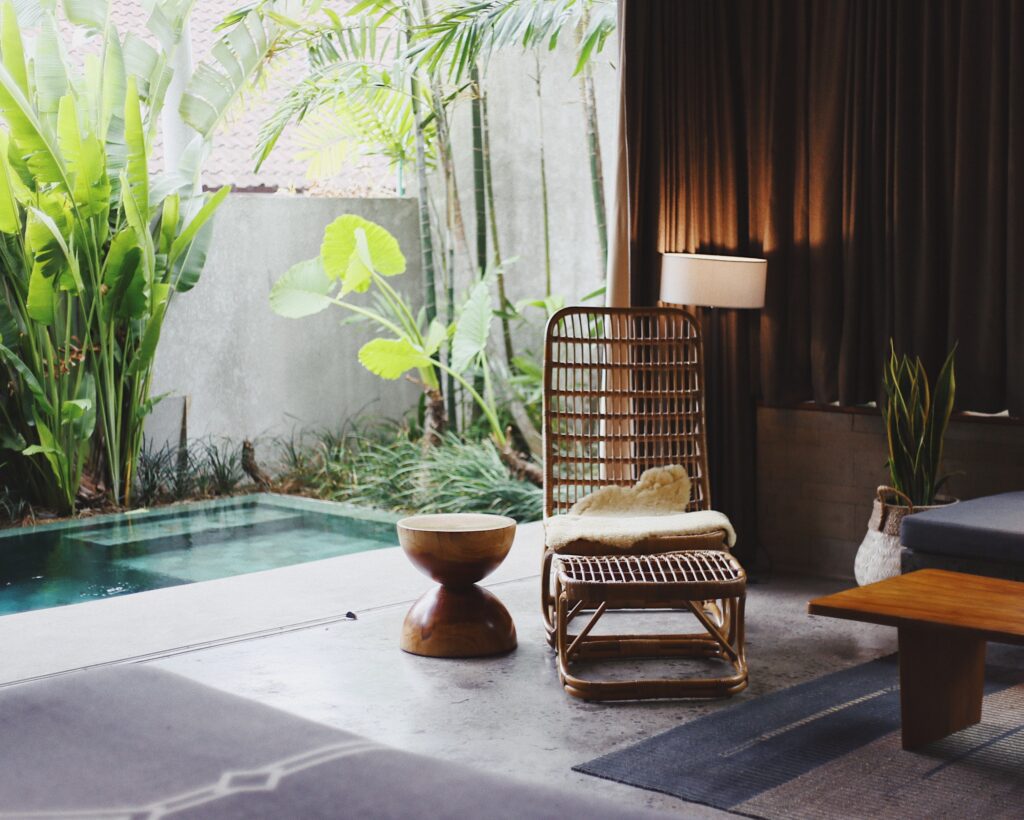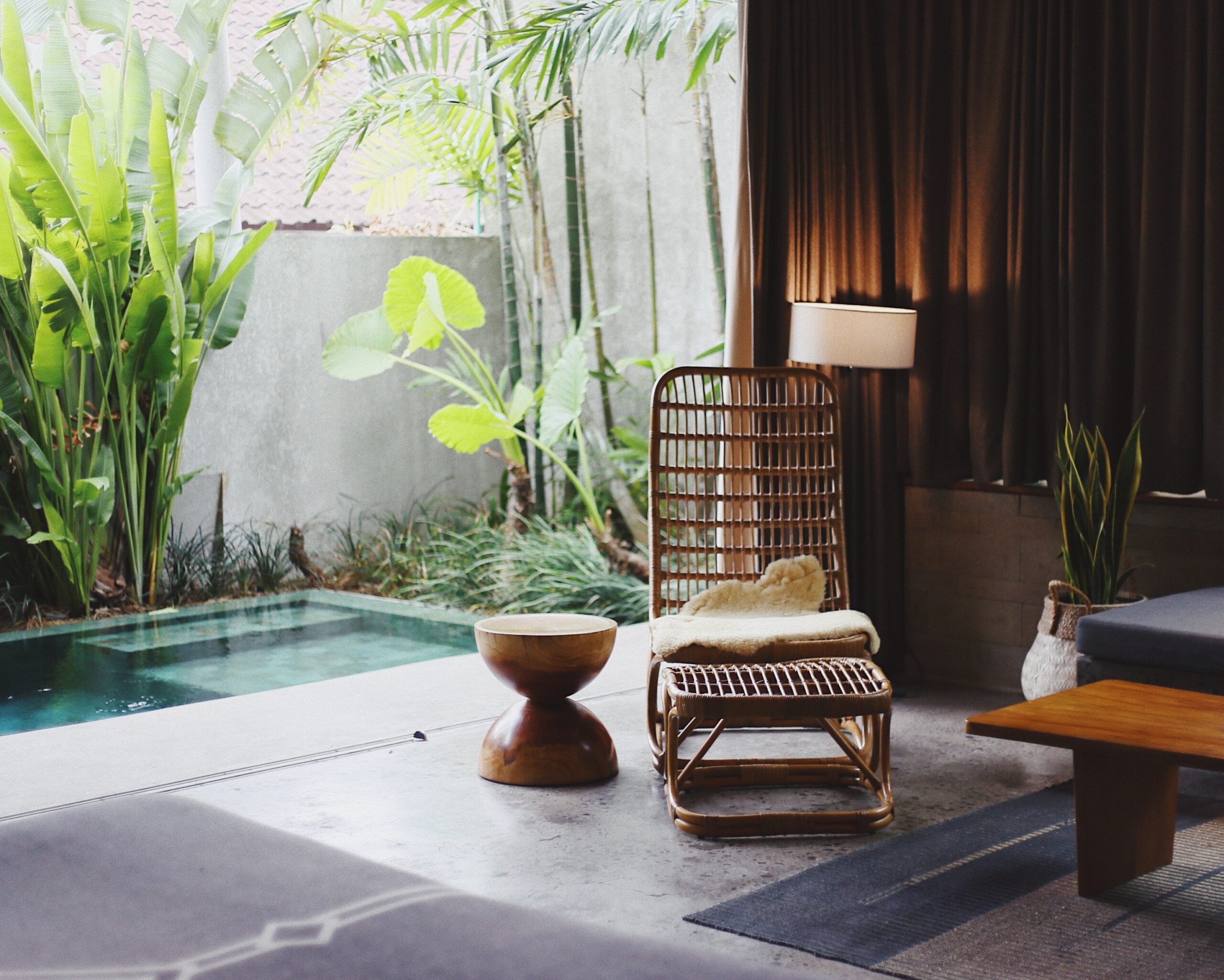
Health and wellness have become increasingly important considerations in interior design. The spaces we inhabit have a significant impact on our well-being, and interior design plays a crucial role in creating environments that promote and enhance our physical and mental health.
Interior design is not just about creating visually appealing spaces. It’s also about creating environments that support and enhance the well-being of those who use them. As more and more research is conducted on the impact of the built environment on health and wellness, it’s becoming clear that health and wellness should be a key factor in all interior design decisions.
Physical Health and Wellness
Interior design can contribute to physical health by incorporating features that support our bodies’ needs. Ergonomic furniture, proper lighting, and good air and water quality are vital elements that can reduce the risk of musculoskeletal disorders, eye strain, and respiratory problems. Thoughtful space planning and layout can also encourage movement and physical activity, promoting a healthy lifestyle.
Mental Health and Wellbeing
Our surroundings significantly influence our mental state and emotional well-being. Interior design can create spaces that foster relaxation, reduce stress, and enhance mood. Elements such as natural light, soothing color schemes, comfortable furniture, and acoustics can contribute to a calming and positive atmosphere.
Safety and Accessibility
Health and wellness in interior design encompass creating spaces that are safe and accessible for all individuals, regardless of their age or abilities. Incorporating universal design principles ensures that spaces are inclusive, accommodating diverse needs and mobility levels. Features like slip-resistant flooring, grab bars, wide doorways, and accessible furniture promote safety and independence for everyone.
Biophilic Design
As humans, we have an innate connection to nature, and incorporating elements of nature in interior design can have numerous benefits. Biophilic design, which incorporates nature-inspired elements, has been shown to have a positive impact on mental health, reducing anxiety and improving focus and productivity. Biophilic design integrates natural materials, colors, textures, and views of the outdoors. This approach has been linked to reduced stress levels, increased cognitive function, and improved overall well-being.
Wellness Spaces
Interior design plays a crucial role in creating dedicated wellness spaces such as gyms, yoga studios, meditation rooms, and spas. These areas are designed to promote physical activity, relaxation, and self-care. Thoughtful design considerations, such as appropriate lighting, comfortable amenities, and sound insulation, contribute to a positive and rejuvenating experience.
Interior design is not just about creating beautiful spaces, it’s also about creating environments that support and enhance the well-being of those who use them. By considering elements such as natural light, color, air quality, and physical activity in interior design, we can create spaces that not only look good but also contribute to overall health and wellness.
